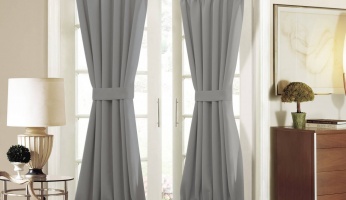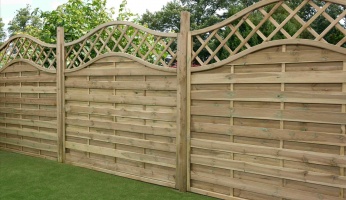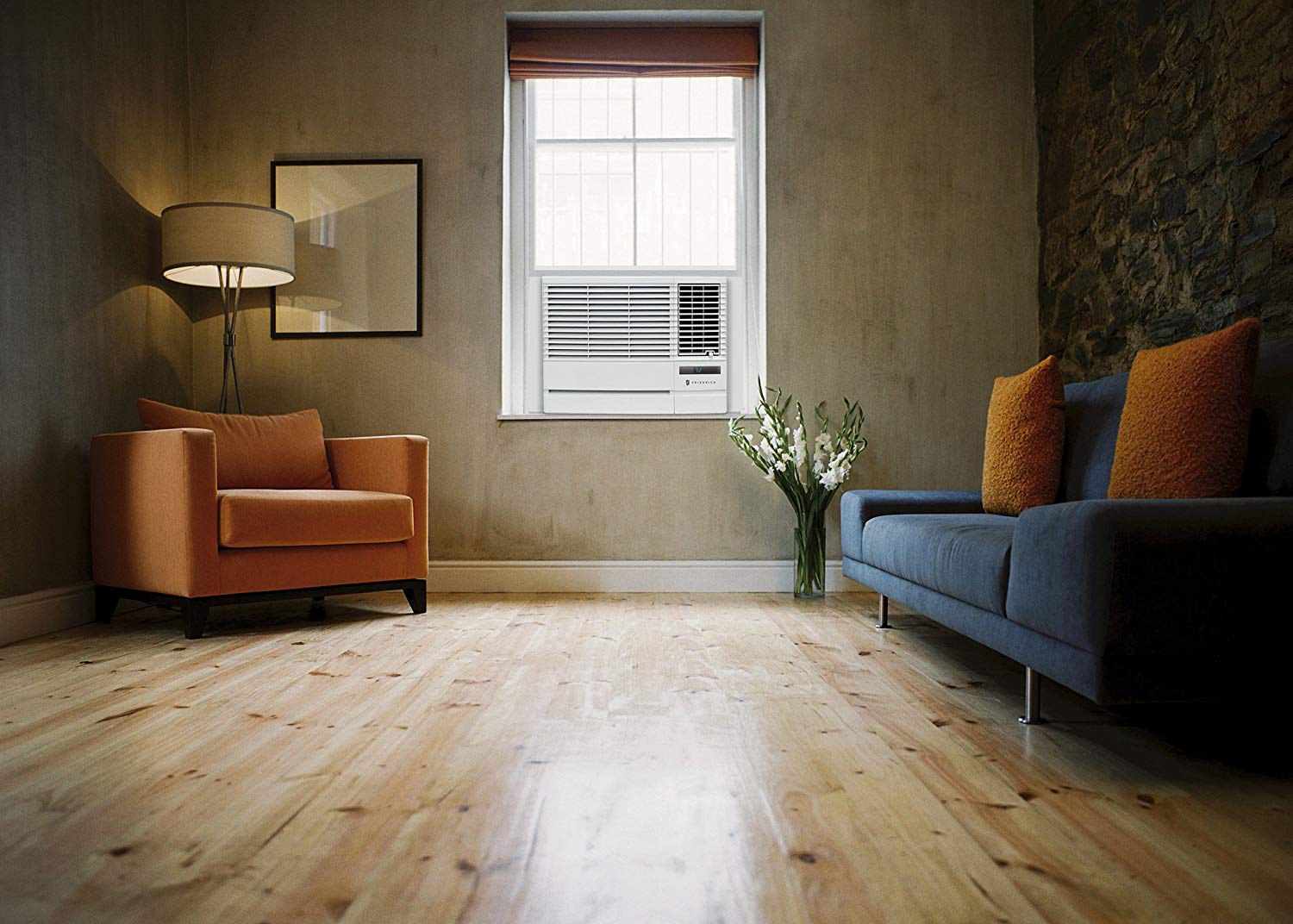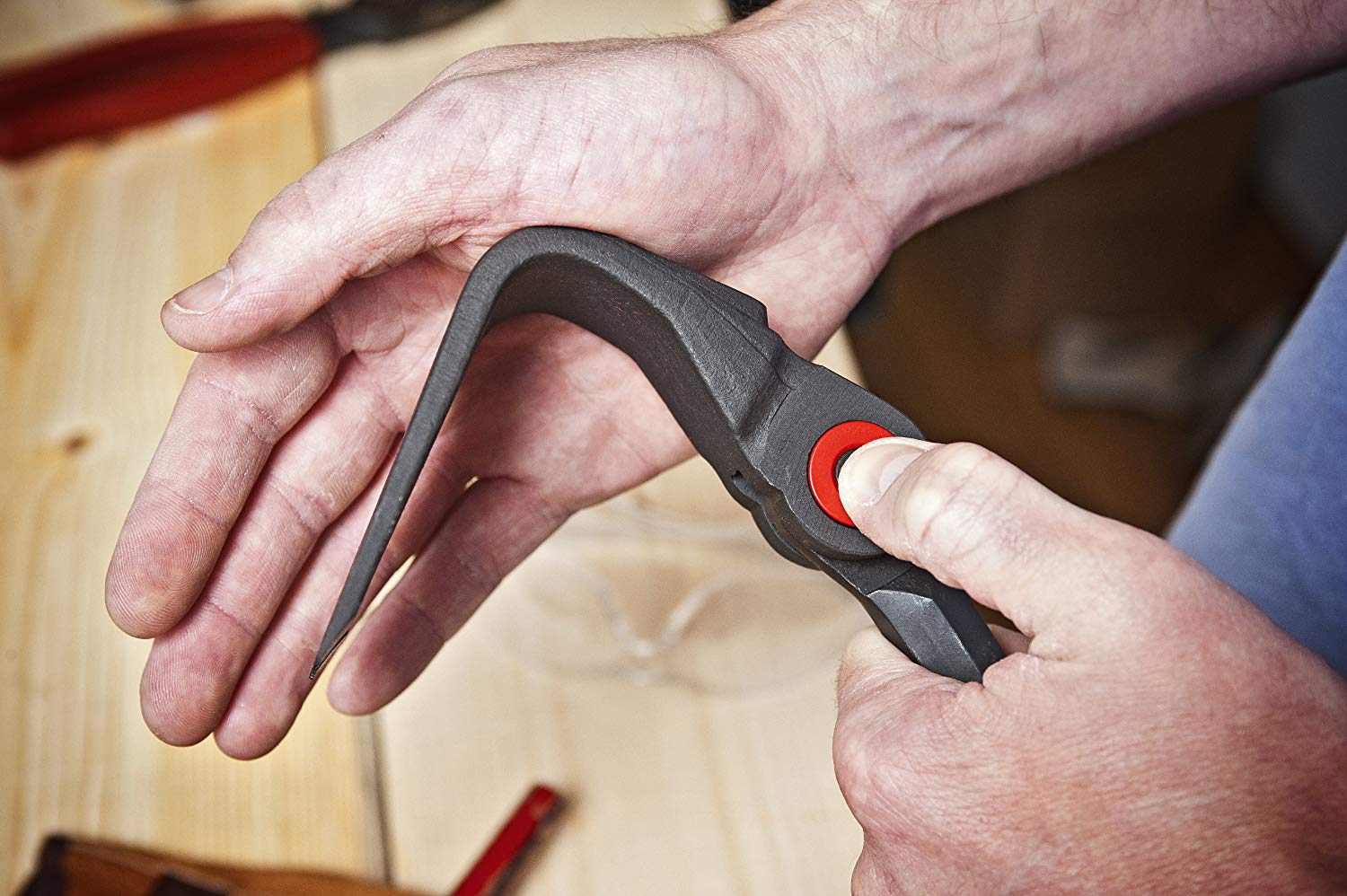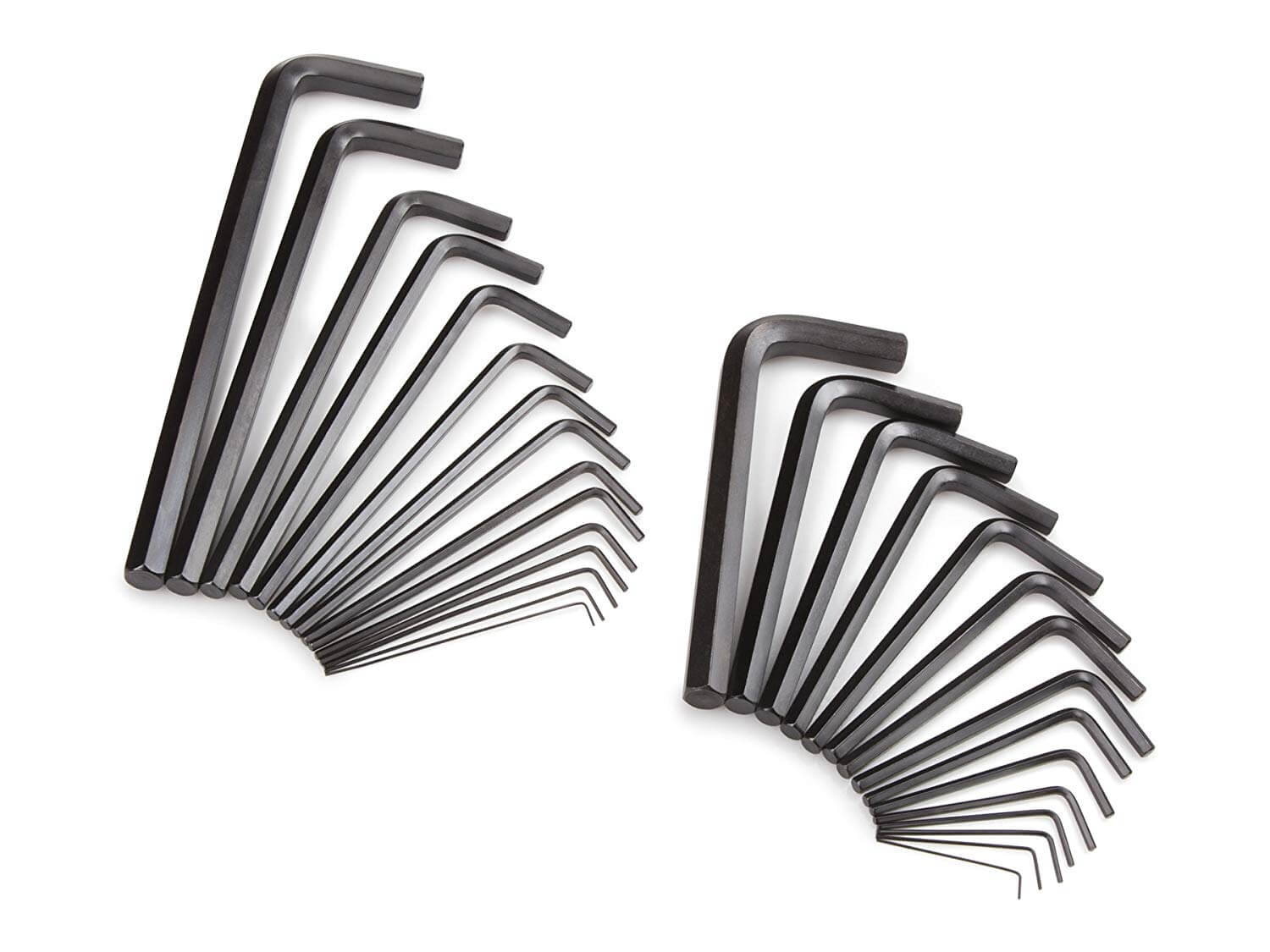- No Obligations
- Stop Paying Too Much For Your Contractor
- No Spam Calling
- Screened & ID Checked Contractors only!
Ceiling Fan Rotation: This is How to Set It
1
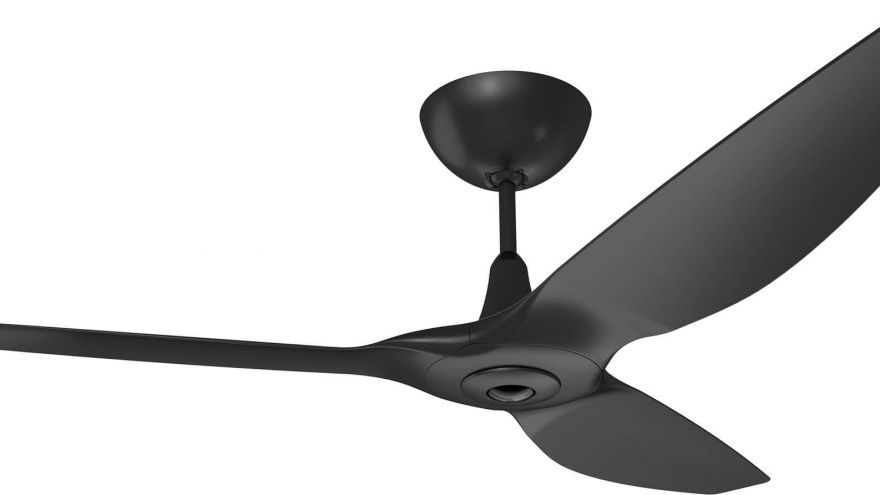 Ceiling Fan Rotation: This is How to Set It
earlyexperts.net
Ceiling Fan Rotation: This is How to Set It
earlyexperts.net
It is likely the average person has never thought much about the optimal functionality of their ceiling fans. This is because, well… ceiling fans seem pretty standard, no?
You turn on a switch or pull a chain, and they spin. And if you’re really fancy, you might be able to control the speed of the spin on the switch using a dimmer. Otherwise, your repeatedly pulling the chain wondering if the fan is on low or coasting to a stop in the off position.
If this sounds like you, than you may a little aggravated to know that one of the few pieces of equipment in your home that never had a caveat is actually a little slightly complicated than you thought. After today, your blissful ignorance is over, but for good reason because you have likely been wasting electricity in the summer running your ceiling fan and receiving no relief.
The reason for this has to do with the direction of the blade rotation and the behavior of hot versus cold air. Below, find out the proper blade rotation for the summer, the reasons why, and how exactly to right your fan’s course.
The Right Way
When you look up at your ceiling fan as it gears up, you may notice the clockwise rotation of the blades. This seems right, since a clock moves right, and lots of things that are working correctly are said to be moving clockwise.
It is important, though, to think about the angled direction of the blades with regards to this clockwise rotation. If each blade is angled downward from left to right and the fan itself is spinning clockwise, than each angled blade is ostensibly scooping air and forcing it up and out.
This is exactly right in the winter as hot air rises. So, as the air from your home’s heating reaches the the fan, the blades than scoop that air up and out back into the room.
In the summer what should be happening is the opposite. When the fan is spinning counterclockwise, the angled blades catch air on their underside, forcing it down. This creates a wind-chill effect that makes anything in the line of the fans air feel cooler than the actual temperature within the room.
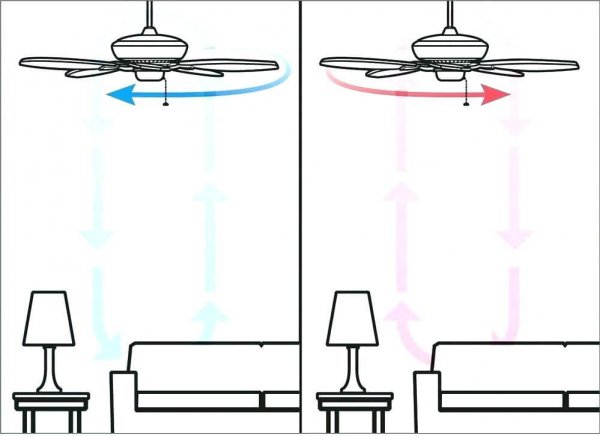
Changing Direction
Changing the direction of your ceiling fan is pretty simple, though how to do it it is not always made explicitly obvious on the fan. Make sure the fan is off and has come to a complete stop. On most fans, you should be able to locate a small switch on the side of the fan. 
You may have never noticed this switch before, but it is most likely there. If not, you should be able to change the fan’s rotation using a remote control that came with the fan. This is true of most newer model fans. If you cannot locate the remote, you should be able to find a replacement online or wherever the fan was purchased.
With the ceiling fan moving the right way for the summer months, you can turn it up as fast as you would like. For the summer direction, faster means cooler, so it is really a matter of personal preference.
The same is not true for the winter direction. In order for the blades to catch that warm air and force it upward, the fan needs to be set on one of the lower settings.
The Effect on Energy
If your ceiling fan is moving counterclockwise as it should be, it can go a long way towards saving you some money on your energy bill during the summer months. To do so, you will want to turn your thermostat temperature up. Remember, the ceiling fan creates a wind-chill effect making you feel cooler than the temperature in the room. If the temperature of the room is already ideal, than there is no real need for the fan. Push yourself to keep the temperature slightly above where you would normally feel cool in your home and try your fan. You will be pleasantly surprised.
Another thing to remember with regards to energy saving is that ceiling fans do not affect the temperature in the room. They only make you feel cooler. That said, if you leave a fan on in a room you are not in, it is not prepping the room with cold air to be enjoyed later. As soon as you turn on a fan, you will feel the wind-chill, so running one in an empty room is just jacking up electricity bills.
Conclusion
Ceiling fans are the best, low-tech, heating and cooling solution for your money. But this is only true if the blades are angled properly, spinning in the correct direction depending on the season, and used with common sense energy considerations in mind. Take these steps to optimize the positive effects of your fan on your comfort and your wallet today.

